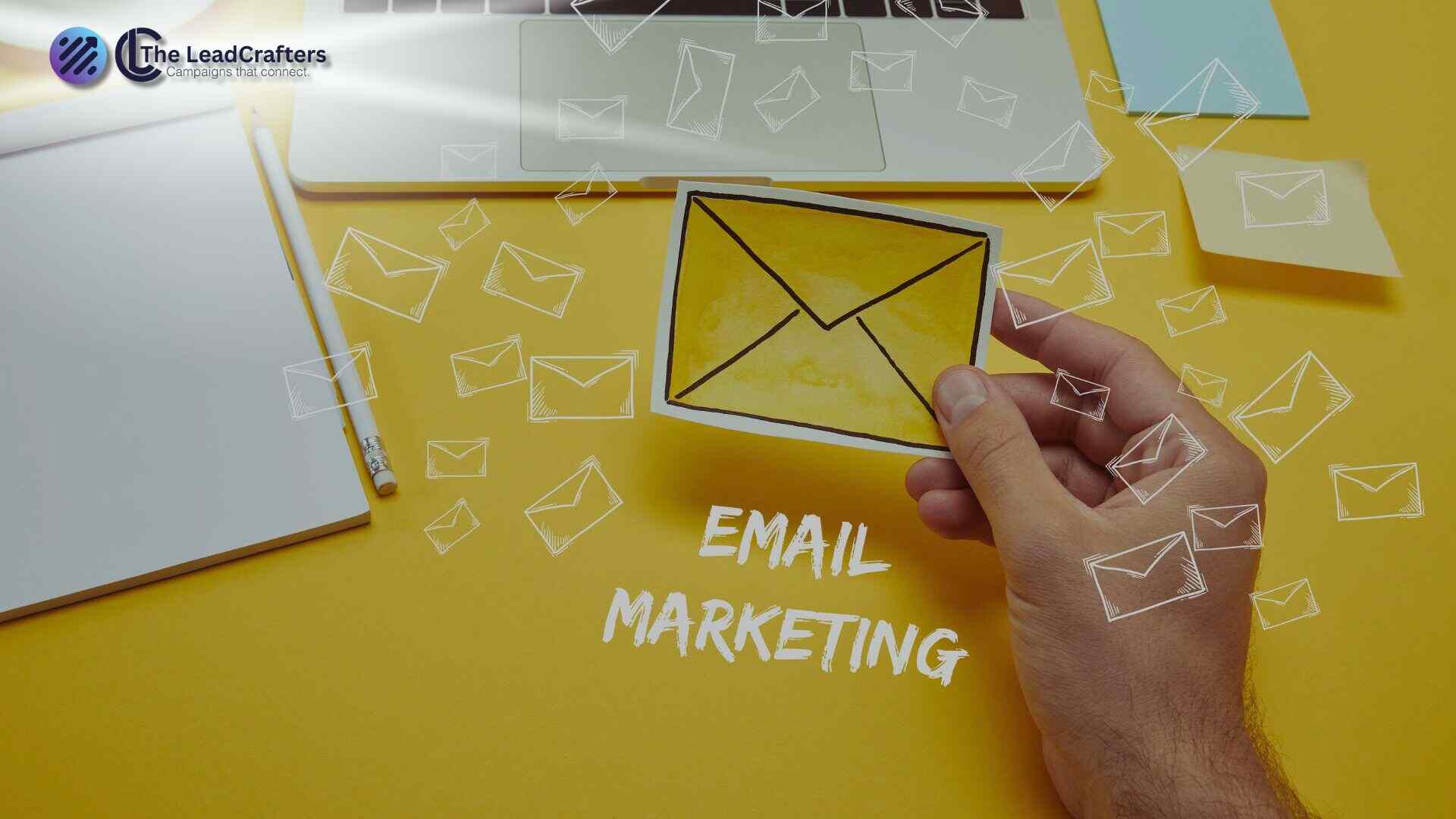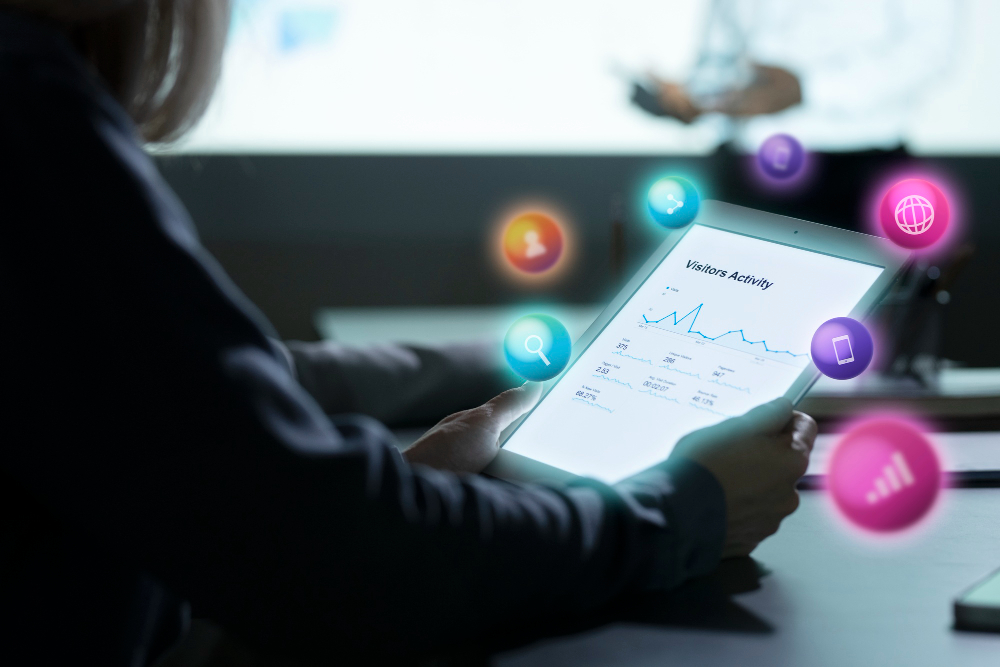Email marketing remains one of the most powerful channels for engaging with B2B prospects, nurturing leads, and ultimately driving conversions. However, crafting effective email campaigns that truly resonate with busy professionals requires a strategic approach that goes beyond generic blasts. Whether planning your first campaign or optimizing ongoing efforts, mastering the art of B2B email marketing can transform prospects into long-term customers.
This guide dives deep into actionable steps and best practices to create email marketing campaigns that not only get opened, but also generate meaningful business results.
Understand Your B2B Audience
Successful email campaigns begin with a thorough understanding of your target audience. B2B buyers operate differently from consumers. They’re making decisions for their companies, often involving multiple stakeholders and longer sales cycles.
- Identify Target Characteristics: Segment your audience by factors such as company size, industry, role, and pain points. For example, marketing managers at SaaS companies have different needs than procurement officers in manufacturing.
- Build Buyer Personas: Develop detailed profiles representing different types of buyers, including their challenges, goals, and decision-making behavior. This helps tailor messaging with precision.
- Align Content with Industry Needs: Customize email content to address specific industry challenges and trends, positioning your product as a relevant solution.
Craft Compelling Subject Lines
Your subject line is the gateway to your email content; it influences whether your email gets opened or ignored.
- Use concise and clear language that sparks curiosity or promises value.
- Incorporate personalization, such as mentioning the recipient’s name or company.
- Avoid spammy words and excessive punctuation.
- Test different subject lines using A/B split testing to see which performs best.
A strong, compelling subject line significantly boosts open rates—crucial for any email campaign’s success.
Personalization and Segmentation
Generic emails are less likely to resonate. Personalization increases engagement by making the message feel tailored specifically for the recipient.
- Use recipients’ names, company details, and past interactions.
- Employ behavior-based triggers such as website visits or downloads to send timely, relevant emails.
- Segment your email list by buyer persona, industry, or stage in the buyer journey for targeted messaging.
Segmentation and personalization combined ensure prospects receive content that speaks directly to their needs, thereby increasing conversion potential smarte.pro.
Provide Value Through Educational Content
B2B buyers want to learn and solve problems—not just receive sales pitches.
- Share insightful industry reports, how-to guides, case studies, and best practices.
- Position your emails as educational resources that build trust and authority.
- Avoid overly promotional language; focus instead on demonstrating expertise and helping prospects make informed decisions.
Educational content nurtures leads and builds goodwill, increasing the likelihood that prospects will convert when they’re ready to buy twilio.com.
Design Mobile-Friendly Emails
Most emails today are opened on mobile devices, making mobile optimization non-negotiable.
- Use responsive email templates that adapt to all screen sizes.
- Keep design clean with clear fonts, concise text, and prominent call-to-action buttons.
- Test emails across devices and email clients to ensure consistent rendering.
A smooth mobile experience prevents losing prospects due to frustration with difficult-to-read emails.
Optimize Calls to Action (CTAs)
The call-to-action is the most crucial element driving recipients to the next step.
- Use action-oriented language like “Get Started,” “Download Now,” or “Request a Demo.”
- Place CTAs prominently above the fold and at the end of the email.
- Use contrasting colors to make buttons stand out.
- Test different CTA copy and placements for maximum conversions.
Automate and Nurture with Drip Campaigns
Automation helps scale personalized communication that nurtures prospects over time.
- Set up drip sequences triggered by specific actions such as signing up for a webinar.
- Send timely follow-ups with relevant content that aligns with the prospect’s journey.
- Use behavioral data to adjust messaging dynamically.
Automated nurture campaigns keep leads engaged and move them steadily toward conversion thecmo.com.
Monitor Metrics and Refine Campaigns
Data-driven decisions improve performance continuously.
- Track open rates, click-through rates, bounce rates, and conversion metrics.
- Analyze which content and subject lines resonate best with your audience.
- Use analytics to identify drop-off points and optimize sequences.
Regularly refining campaigns based on performance data maximizes ROI.
Stay Compliant With Regulations
Respect privacy and legal requirements like GDPR or CAN-SPAM.
- Include clear unsubscribe options.
- Use verified opt-in lists.
- Avoid deceptive subject lines or content.
Compliance builds trust and keeps your campaigns out of spam folders salesforce.com.
Summary
Crafting B2B email marketing campaigns that convert requires a strategic blend of audience insight, compelling messaging, personalization, value delivery, and ongoing optimization. By focusing on the prospect’s needs, providing helpful content, and making it easy to take action, marketers can build effective campaigns that turn prospects into loyal customers.
For marketers looking to boost lead generation through email, embracing automation, data analysis, and mobile optimization will keep them ahead in an ever-evolving landscape.



